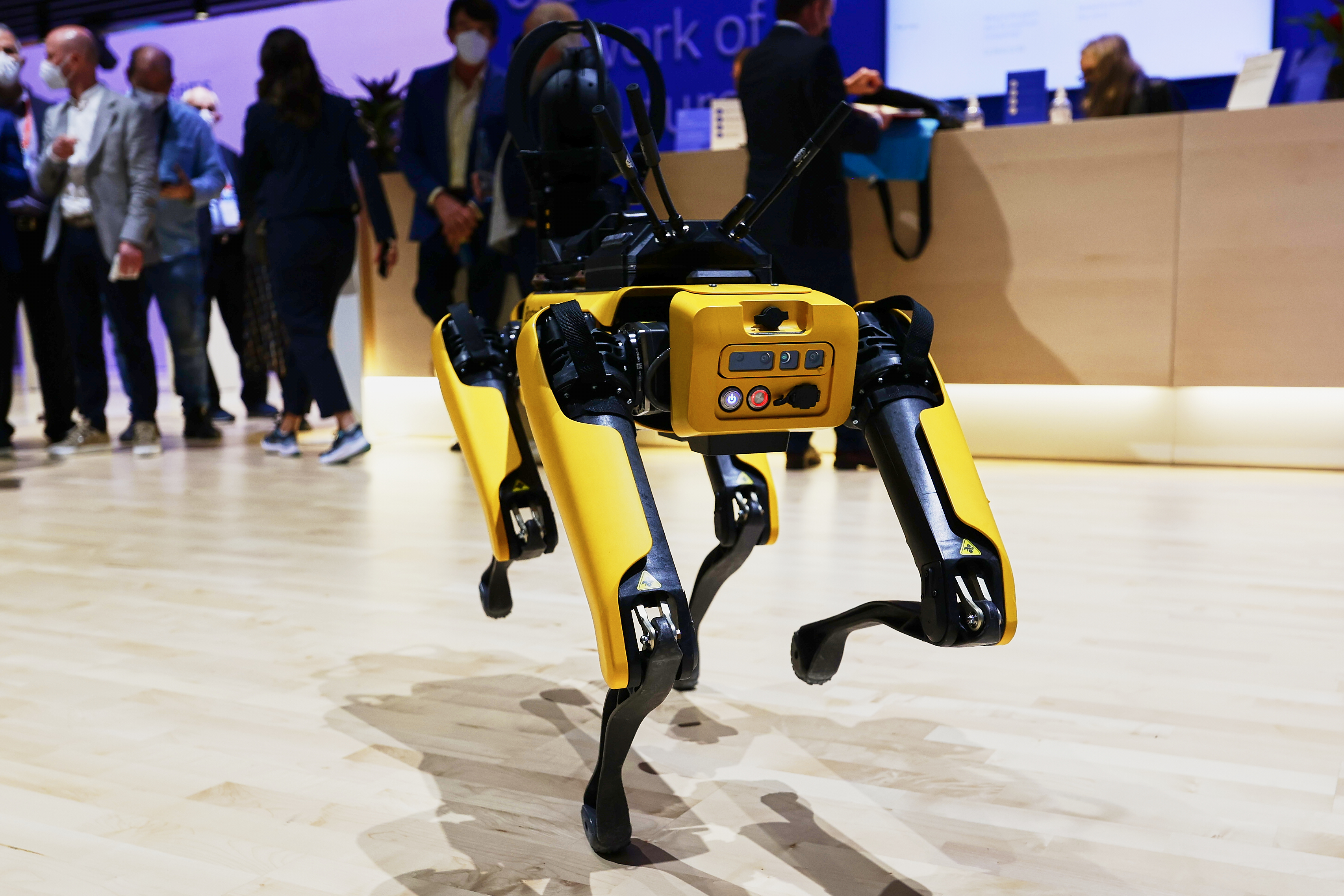Welcome to Nural's newsletter focusing on how AI is being used to tackle global grand challenges.
Packed inside we have
- AI is taking over the iconic voice of Darth Vader, with the blessing of James Earl Jones
- DeepMind Says It Had Nothing to Do With Research Paper Saying AI Could End Humanity
- and SalesForce launch Net-zero marketplace
If you would like to support our continued work from £1 then click here!
Marcel Hedman
This weeks newsletter is brought to you by Wynter -
Get paid up to $800/hr for your contribution

Wynter is looking for professionals to join its research panel. Participate in messaging research, get paid for your feedback and comments. Super low-key commitment, 1-15 minutes per survey.
See what some of Wynter's panelists are saying:
"I like to be a tester because it stimulates my brain to think about the things I have to do for my own businesses." - Matej
"I LOVE being a panelist and I learn so much from giving feedback. I think it's a terrific program!" - Eva
Join Wynter’s Paid Data Science Panels | Learn More
Key Recent Developments
AI is taking over the iconic voice of Darth Vader, with the blessing of James Earl Jones

What: James Earl Jones, the voice actor behind Darth Vader since 1977, has finally decided to go into a well earned retirement at the age of 91. However, this does not mean the end of voice's contribution to the iconic role. Disney have partnered with Respeecher, a Ukrainian company that trains text-to-speech machine learning models with the (licensed and released) recordings of actors, to immortalise Jones' voice.
Here's a compilation of the Darth Vader clips - how does it sound?
Key Takeaway: The use of AI in this controlled way offers permanent nostalgia for Star Wars fans. However, it also raises a number of questions about the technology at large. In the future, how will we distinguish between real and generated audio? What are the boundaries (ethical and legal) of what Disney can do with Jones' voice into the long term future?
DeepMind Says It Had Nothing to Do With Research Paper Saying AI Could End Humanity

What: "After a researcher with a position at DeepMind—the machine intelligence firm owned by Google parent Alphabet—co-authored a paper claiming that AI could feasibly wipe out humanity one day, DeepMind is distancing itself from the work.
The paper was published recently in the peer-reviewed AI Magazine, and was co-authored by researchers at Oxford University and by Marcus Hutter, an AI researcher who works at DeepMind.
...It [the paper] concluded that this scenario could erupt into a zero-sum game between humans and AI that would be "fatal" if humanity loses out."
Check out the paper yourself here
CO2 Emissions Dataset
GRACED is a precise and high-resolution carbon dioxide emission dataset from fossil fuel and cement production. This regularly updated dataset provides an overview of the time and location of carbon dioxide emissions.
AI Ethics & 4 good
🚀 Can eyes on self-driving cars reduce accidents? [Paper]
🚀 AI predicts lung cancer tumor growth after radiation: NHS study
🚀 CytoReason, Pfizer ink $110M, 5-year extension of AI-powered drug development deal
🚀 SalesForce launch Net-zero marketplace
Other interesting reads
🚀 Operationalizing Machine Learning: An Interview Study
🚀 Model-agnostic explainability
🚀 Synthetic data: Brain Imaging Generation with Latent Diffusion Models [Paper]
🚀 OpenAI open-sources Whisper, a multilingual speech recognition system
Cool companies found this week
AI-augmented coding assistance
Replit - A browser-based collaborative integrated development environment (IDE). An interesting memo can be found here
Climate
Pano AI - Wildfire management platform. Pano has a connected, intelligent platform for fire professionals that helps them to detect threats, confirm fires, and disseminate information to responders, faster. Response time determines whether or not a small flare-up becomes a raging inferno.
...and Finally
A Gentle Intro to Word Embeddings in Machine Learning
AI/ML must knows
Foundation Models - any model trained on broad data at scale that can be fine-tuned to a wide range of downstream tasks. Examples include BERT and GPT-3. (See also Transfer Learning)
Few shot learning - Supervised learning using only a small dataset to master the task.
Transfer Learning - Reusing parts or all of a model designed for one task on a new task with the aim of reducing training time and improving performance.
Generative adversarial network - Generative models that create new data instances that resemble your training data. They can be used to generate fake images.
Deep Learning - Deep learning is a form of machine learning based on artificial neural networks.
Best,
Marcel Hedman
Nural Research Founder
www.nural.cc
If this has been interesting, share it with a friend who will find it equally valuable. If you are not already a subscriber, then subscribe here.
If you are enjoying this content and would like to support the work financially then you can amend your plan here from £1/month!


